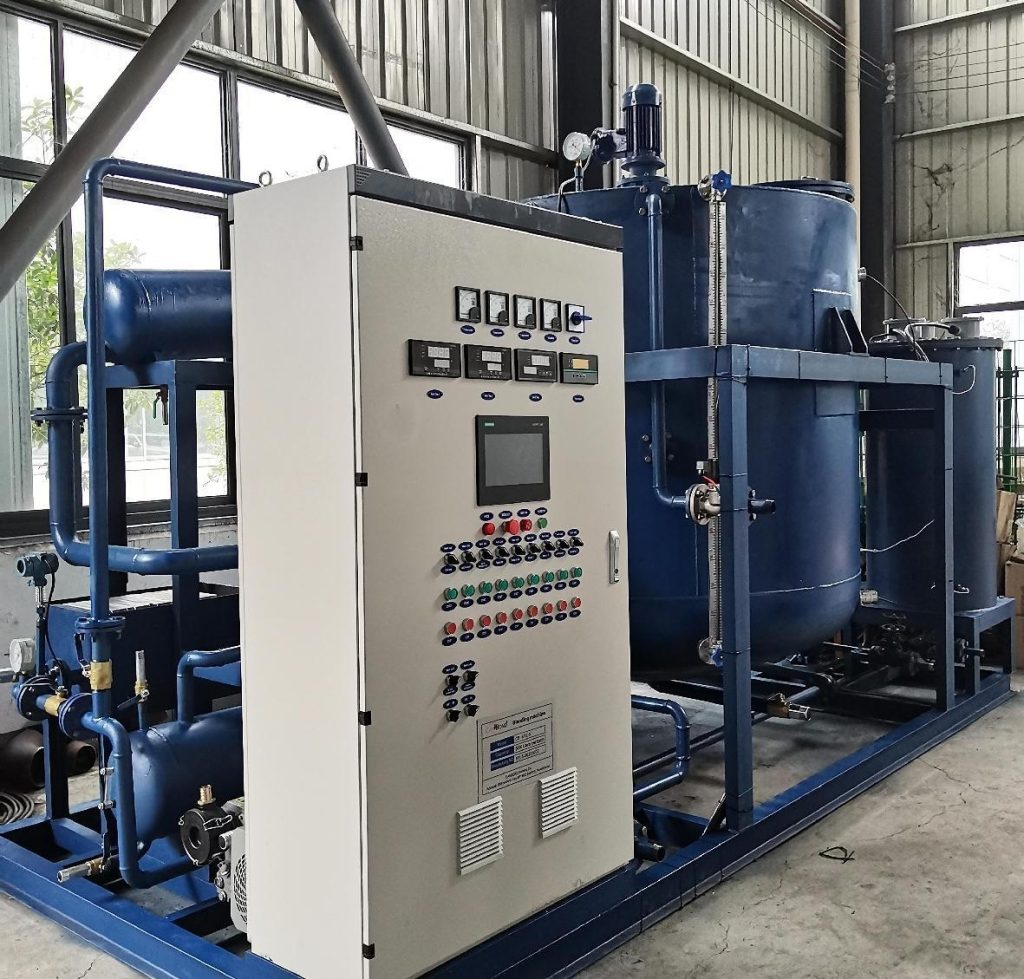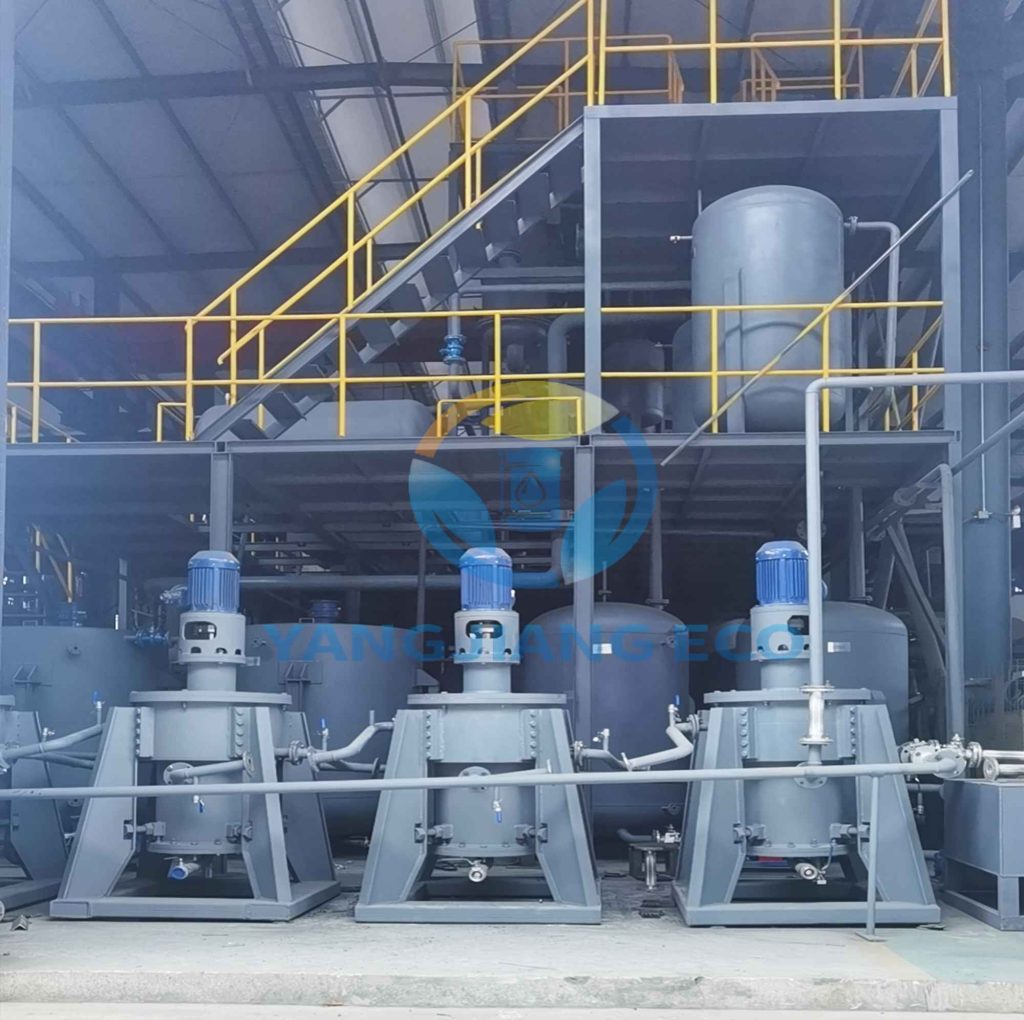Lube oil blending is a crucial process in the production of high-quality lubricants that keep engines and machinery running smoothly. By combining base oils with carefully selected additives, manufacturers can create lubricants tailored for specific applications. In this article, we’ll explore the lube oil blending process, the role of base oils and additives, and the key components of a lube oil blending plant.
What Is Lube Oil Blending?
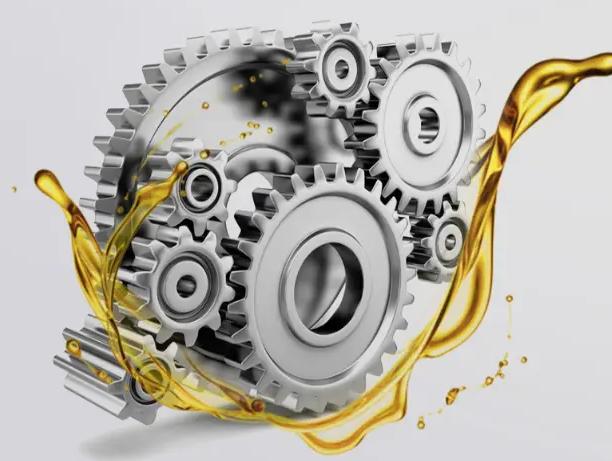
Lube oil blending is the science and art of mixing base oils with specialty additives in order to formulate high-performance lubricants. The lubricants have a crucial function in reducing friction, preventing wear, and ensuring smooth operation in engines, industrial machinery, and car systems.
The processes begin with the selection of the right base oils—from mineral to synthetic—dependent upon which the viscosity, the thermal stability, and the purpose of application will be determined. Additives are weighed and mixed carefully to enhance oxidation resistance, detergency, and anti-wear.
Modern lube oil blending is a highly controlled process, usually automated in order to be accurate and consistent. Advanced blending processes ensure the end product is produced to industry requirements, be it for passenger car engines, heavy-duty equipment, or specialty industrial use.
The optimization of the base oils and additive ratio is the way that manufacturers create lubricants that optimize equipment lifespan, fuel economy, and durability to adverse operating conditions. Blending lube oils is a critical process in supplying reliable, high-quality lubricants that suit the needs of current machinery and engines.
The Components of Lube Oil Blending: Base Oils
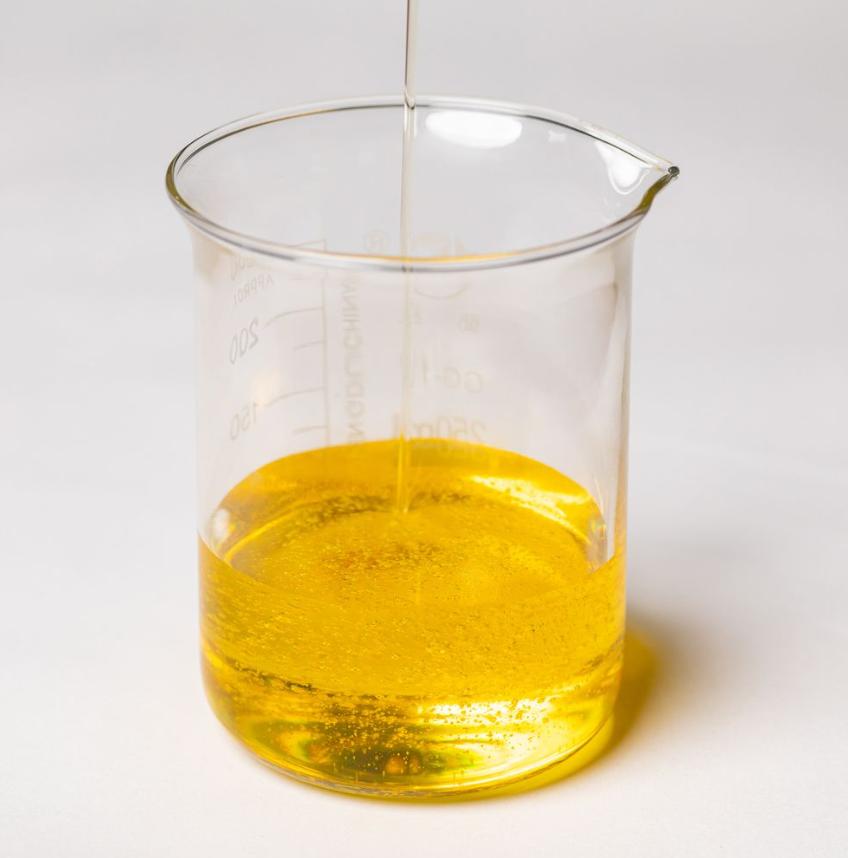
Base oils form the foundation of any lubricant, typically making up 70-90% of the final product. The quality and characteristics of base oils have a direct influence on the performance, viscosity, and durability of the lubricant. Depending on the refining process and source, base oils are categorized into five broad groups:
- Group I – The most impure, produced by solvent refining. These oils are higher in sulfur and lower in viscosity index and hence applied for less severe use like industrial gear oils and some motor oils.
- Group II – Hydroprocessed to be cleaner, with lower sulfur and better oxidation stability. Often applied in engine oils for motor vehicles and hydraulic fluids.
- Group III – Severe hydrocracked to a high degree, delivering better performance. Tend to be marketed as synthetic or semi-synthetic lubricants due to their excellent viscosity index and thermal stability.
- Group IV (PAO – Polyalphaolefins) – Full synthetic base oils with excellent low-temperature flow and high-temperature stability, best for high-performance engines and harsh weather.
- Group V – Specialty base oils, including esters and other synthetics, for specialty use in areas such as aviation lubricants and compressor oils.
Base oil choice depends on the intended application for the lubricant to perform—high temperature, heavy load, or long drain. Through proper base oil selection, blenders are able to achieve maximum performance, efficiency, and economy in the lube oil blending process.
What is The Lube Oil Blending Process
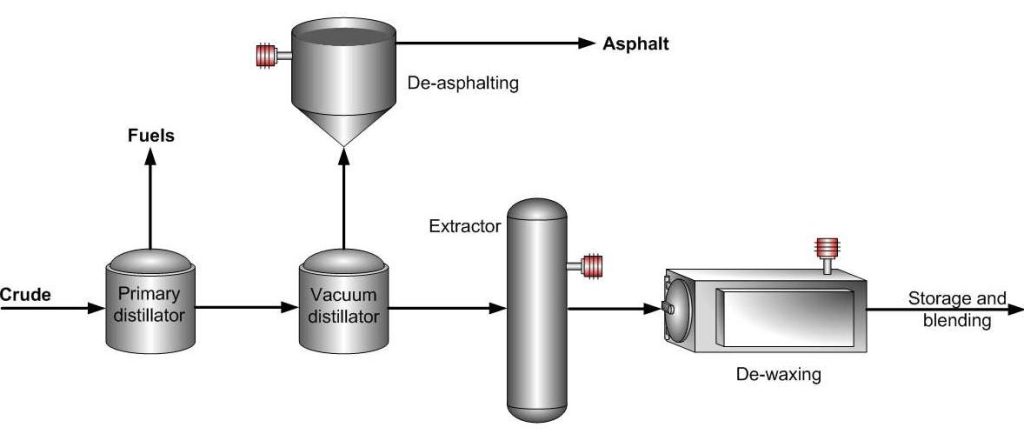
Lube oil blending is a regulated process of combining base oils and certain additives to produce high-performance lubricants. The process focuses on the ultimate product being ideally in tune with viscosity, thermal stability, and wear and corrosion protection requirements. This is how it’s done in detail:
1. Base Oil Selection & Preparation
The procedure begins with selecting the appropriate base oil(s) to meet the desired lubricant properties. The oils are stored in storage tanks and may be pre-heated for improved flow and effectiveness of mixing.
2. Additive Dosing & Pre-Mixing
The precisely measured additives—such as detergents, anti-wear additives, and viscosity modifiers—are dosed into the base oil. Some of the additives are pre-mixed in small volumes before they are added to the bulk mixture for even distribution.
3. Blending & Homogenization
Additives and base oils are charged to blending tanks, wherein inline mixers or mechanical agitators adequately mix the ingredients. Temperature and mixing rate are strictly controlled to prevent degradation and ensure uniformity.
4. Quality Control & Testing
Upon blending, the lubricant is thoroughly quality-checked under viscosity, flash point, acidity, and additive percentage tests. Advanced laboratories use spectrometry and other analytical techniques to verify compliance with industry standards.
5. Filtration & Packaging
Having undergone quality tests, the lubricant is filtered to remove any dirt before being packaged in drums, totes, or bulk containers for shipping.
Lube oil blending plants today use automated methods to improve accuracy, reduce waste, and provide consistency, ensuring each batch meets the highest level of performance.
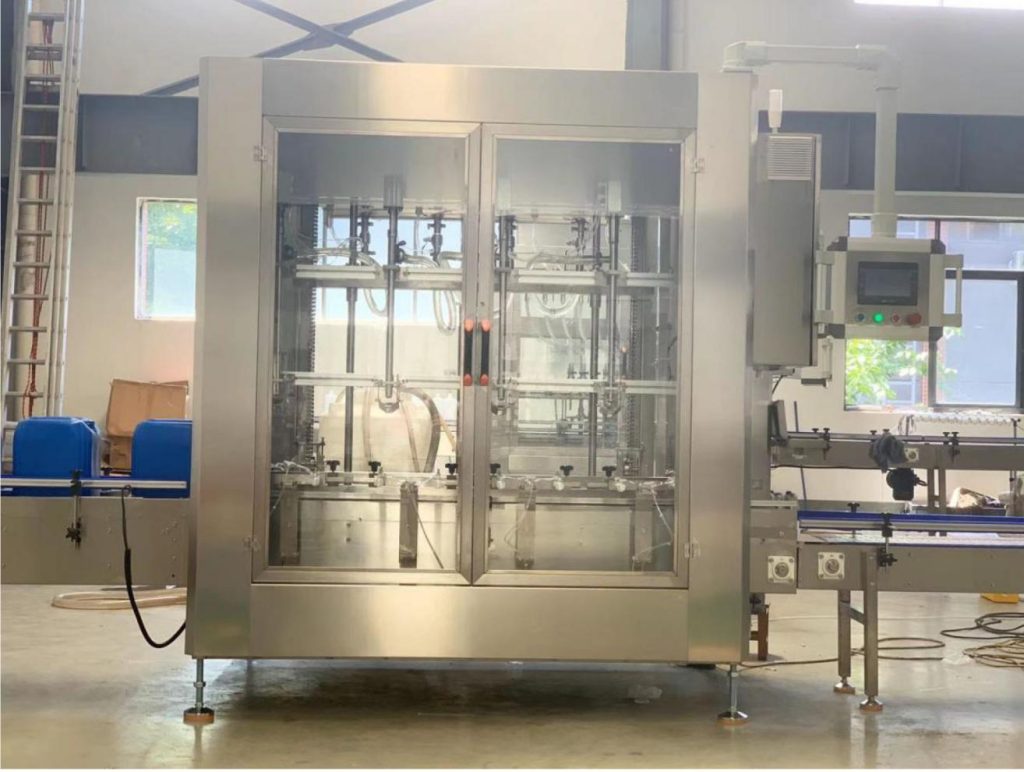
The Role of Additives in the Lube Oil Blending Process
Additives play an important role in the blending of lube oils that transform base oils to excellent lubricants. While the fundamental properties are derived from base oils, additives sustain, protect, and customize the lubricant for specific applications.
These additives are individually selected and blended in precise concentrations to improve the oil’s overall performance, extend equipment life, and meet industry standards. Without additives, most lubricants would be insufficient in handling the severe conditions of new engines and machinery.
Some common additives are:
- Detergents and dispersants which keep engines clean by preventing sludge and deposit formation.
- Anti-wear agents, such as zinc dialkyldithiophosphate (ZDDP), protect metal surfaces from wear and friction.
- Oxidation inhibitors, increasing thermal stability, and extending oil life.
- Viscosity index improvers allow the oil to accommodate the proper thickness across temperature ranges.
- Corrosion and rust preventatives safeguard internal parts from moisture damage.
- Foam suppressants ensure smooth operation by reducing air entrainment.
The right additive package is a function of the intended application of the lubricant. In a lube oil blending plant, accurate blending guarantees that these additives harmonize with the base oil to provide consistent and effective performance under conditions encountered in the real world.
Components of a Modern Lube Oil Blending Plant
A contemporary lube oil blending plant is designed with efficiency, precision, and safety in mind. A few of the key features of a cutting-edge plant include:
- Raw Material Storage Tanks
There are separate stainless-steel or carbon-steel tanks for various base oils and concentrated additive packages. The tanks are usually equipped with temperature controls and level sensors to maintain optimum conditions and prevent cross-contamination.
- Automated Dosing and Dispensing System
Computer-controlled pumps, flow meters, and load cells accurately measure and dispense each ingredient into the blending tanks. Automation reduces human error, encourages repeatability, and speeds changeovers between lubricant grades.
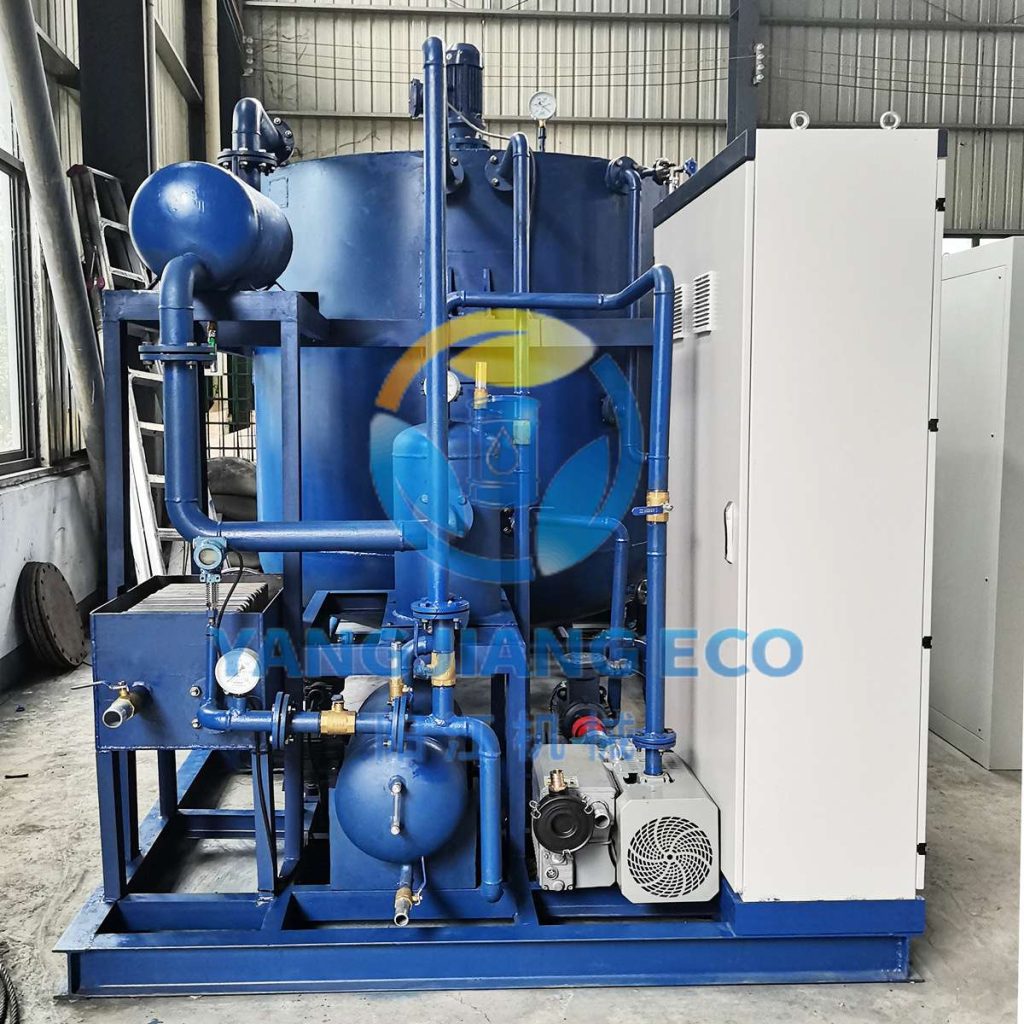
- High-Shear Blending Vessels
Blend tanks with high-shear agitators and variable temperature jackets provide rapid, uniform mixing of base oils and additives. The close temperature control is necessary for dissolving certain additives and for uniform fluid characteristics.
- In-Line Quality Monitoring
Online viscosity, density, and color sensors enable real-time monitoring during production. Any deviation triggers immediate alerts, and operators can adjust formulations in real time to ensure strict quality specifications.
- Laboratory and QC Center
A fully equipped on-site laboratory performs batch-by-batch testing for properties like flash point, pour point, and additive concentration. Rapid analytical methods (FTIR, viscometry) speed up approvals and reduce production bottlenecks.
- Filling, Packaging, and Palletizing Lines
Automated filling machinery handles anything from bulk totes to retail-sized bottles. With labeling, capping, and sealing stations integral to packaging integrity, and robotic palletizers for storage and logistic optimization.
Using high-tech automation, real-time analytics, and stringent quality control, a modern lube oil blending facility delivers consistent, high-performance lubricants to fulfill diverse industrial and automotive uses.
Final Thoughts
Lube oil blending is an advanced process that combines the science of chemistry with superior industrial technology. Through the blending of the appropriate base oils and additives in the correct ratio, manufacturers have been able to create specialized lubricants that improve equipment performance, reduce maintenance expenses, and extend machine life.
A new lube oil blending plant is at the forefront of it all, making sure that every single drop of lubricant is of the top quality. As industries grow and develop over the years, so too will the technologies and methods employed in lube oil blending, making it a cornerstone component of the global industrial landscape.
Recommended Products

